
The need to protect Samara and El Torito’s main water source, the Mala Noche water table located between Samara and El Torito, was one issue raised in response to the canton’s proposed regulatory plan (see article), which had the area zoned for tourism, although a technical report by the SENARA (National Service of Subterranean Waters, Irrigation and Drainage) specified that a zone of protection of natural resources should be implemented in the Municipality’s regulatory plan.
But a struggle over the important water resource has been going on for years, with two opposing players each claiming the same common goal: to protect the water.
Carlos Esquivel, president of Samara’s ASADA, the Samara’s water administration association, manifested that Samara and El Torito’s aqueducts have existed since 1977, providing water to the two communities by means of wells that draw water from the Mala Noche water table. However the ownership of the land where Samara’s well is located has been under dispute.
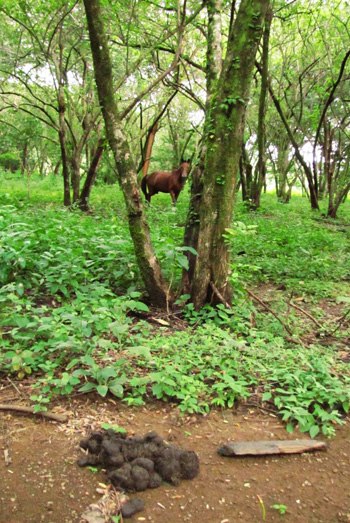
Tim Coates explained that horses are on the land as a sign of possession, although members of the ASADA are concerned that their excrement could contaminate the water, especially during rainy season when water filters into the ground.
Who Should Own The Land?
Eduardo Arnaez, water administrator for Samara, explained that in Costa Rica the majority of water sources are in private property, although the ASADAs in many areas are fighting to gain possession of these important resources. However the legal process takes a long time. The Samara ASADA has been trying to achieve this for almost a decade now.
Arnaez recounted that the land where the water table is located was originally barren with no one appearing as the owner of the land. However, in the 1960s Pacific Lumber Company acquired the land. Later Miguel Angel Soto Gomez became the land’s owner, although ownership was never officially inscribed. It was during the time that Soto had possession of the land that an agreement was made to drill the wells that supply water to Samara and El Torito.
Tim Coates, who represents the company Centenario Dos Mil S.A., affirmed that they bought the land in 1991. He noted that Samara’s water administration has a key to the gate so they have free access to Samara’s well and assured, “We have no development plans for that land. We’re using it as a protection for the aquifer.” For more than 20 years, he said they have been protecting the land from squatters and maintaining the forest cover, although he admitted that they haven’t really done much replanting.
In 1993, Coates related that local activists promoted invasion and settlement of the land, endangering the water source where no housing or septic tanks should exist. He specified that the squatters included people from all walks of life, from lawyers and dentists to middleclass and poor people, and claimed that the group included people who are now involved with ASADA. He related that on two occasions he sought help from the public ministry and 130 police officers and succeeded in evicting the squatters.
Arnaez confirmed Coate’s efforts to remove the squatters, but attested that no one from the ASADA was involved. In addition, he noted that the land would be inscribed to Acueductos y Alcantarillados (AyA: Aqueducts and Sewers) and the Samara ASADA would continue to administer the water but with the ability to provide “absolute protection.”
For his part, Coates expressed concern about transferring the land ownership. “We would prefer to maintain occupation of the land respectfully and we’d be willing to sign away any development rights to that land and designate it as a protection area, which is supposedly what they want,” Coates suggested. “If they truly want to protect the aquifer, then we have no conflict of interest. But we won’t put it in the hands of untrustworthy people who could negotiate and sell it.”
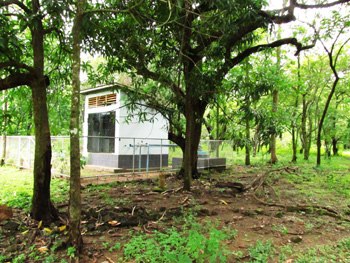
This water pump, administered by Samara’s ASADA, is located inside the property in dispute.
Efforts to Legally Establish Ownership
For about a decade now, Samara’s ASADA has been seeking support from AyA, from the courts and even from the Attorney General of the Republic to gain legal possession of the land that, according to Esquivel, “by law and by right belongs to the ASADA.”
Edgar Brenes Valenciano from AyA indicated “The institution (AyA) throughout a period of around 10 years, has attended and collaborated with SENARA in performing various activities related with the investigation of the Mala Noche aquifer, especially in the demarcation of the protection zone of the well that supplies the Asada of the Aqueduct of Samara.”
Several years ago, the Agricultural Court of Santa Cruz arranged conciliation between the two parties so the case didn’t have to go to trial, but each party’s interpretation of the conciliation is different. According to Esquivel, the judge ordered recognition of the rights of the ASADA, allowing them to inscribe the land where the water table is located. Coates, on the other hand, said the judge recommended that the ASADA negotiate with the landowners to come to an agreement to protect the aquifer, but indicated that no one from ASADA has ever contacted him to negotiate.
Arnaez said that Coates told the judge that he would agree to respect the zone that AyA defined. It took another year for AyA to define the water table. The final step in the process in order to inscribe the land should be the appraisal, but that has proved to be an even longer process. Arnaez related that of the four appraisers that have been named by the court, only two have actually come to Samara. One came to see the land but never returned. The last appraiser actually took measurements last year but never presented the results to the lawyer.
A New Well Needed for El Torito
Another major concern is the water supply for El Torito, which has 206 registered meters and about 2000 inhabitants, according to Maylin Rojas Ruiz, president of El Torito’s ASADA. The location of El Torito’s well is far from ideal, near the plaza and the community hall, on the edge of the Mala Noche water table where it isn’t able to draw sufficient water for the population.
Arnaez attested that in El Torito they have to turn the water supply off at times to let the tank fill so that water can reach all the homes, and people have to collect water when it reaches their homes, knowing that it will later be turned off again.
Rojas said that they would like to have a new well better located within the water table and that she has sent letters to Coates about the project but with no reply. Coates said that at one point he talked to the ASADA of El Torito and explained that one reason they don’t want another well on their land is to avoid another situation like the one with Samara’s ASADA in which they are trying to title the land. “We don’t want that to happen because we’re trying to protect the aquifer,” he stated.
Coates said they proposed to ASADA drilling two wells, one of which would become property of the ASADA and the other of Centenario Dos Mil S.A. However, Rojas said the ASADA is not able to give concessions in order for a well to belong to the company. The project to drill a new well for El Torito is therefore at a standstill, and Rojas projected that without a new well, in less than two years El Torito will not have water.
Recommendations for Protecting the Aquifer
Nezil pointed out that the Mala Noche water table is the only good, big supply of water in the area, but the balance of fresh water so close to the ocean is extremely fragile. “That is land that has to be a reserve, period,” Nezil declared, “noting that what can be done with that land should be regulated and no development should ever be allowed there.”
Reports from SENARA (pdf) has defined the protection zone of the water and classify the aquifer’s vulnerability to contamination as “extreme.” The reports also say that no urban developments or septic tanks should be allowed and that no type of garbage or contaminating fluid should be deposited there. The reports also recommend reforestation and conservation of nature, implementing protection zones in the regulatory plan of the Municipality of Nicoya, as well as fencing in the perimeter and putting up signs.
All parties seem to agree that the land must be protected to ensure the future of water in Samara and El Torito for generations to come. What is in question is the best way to do that.


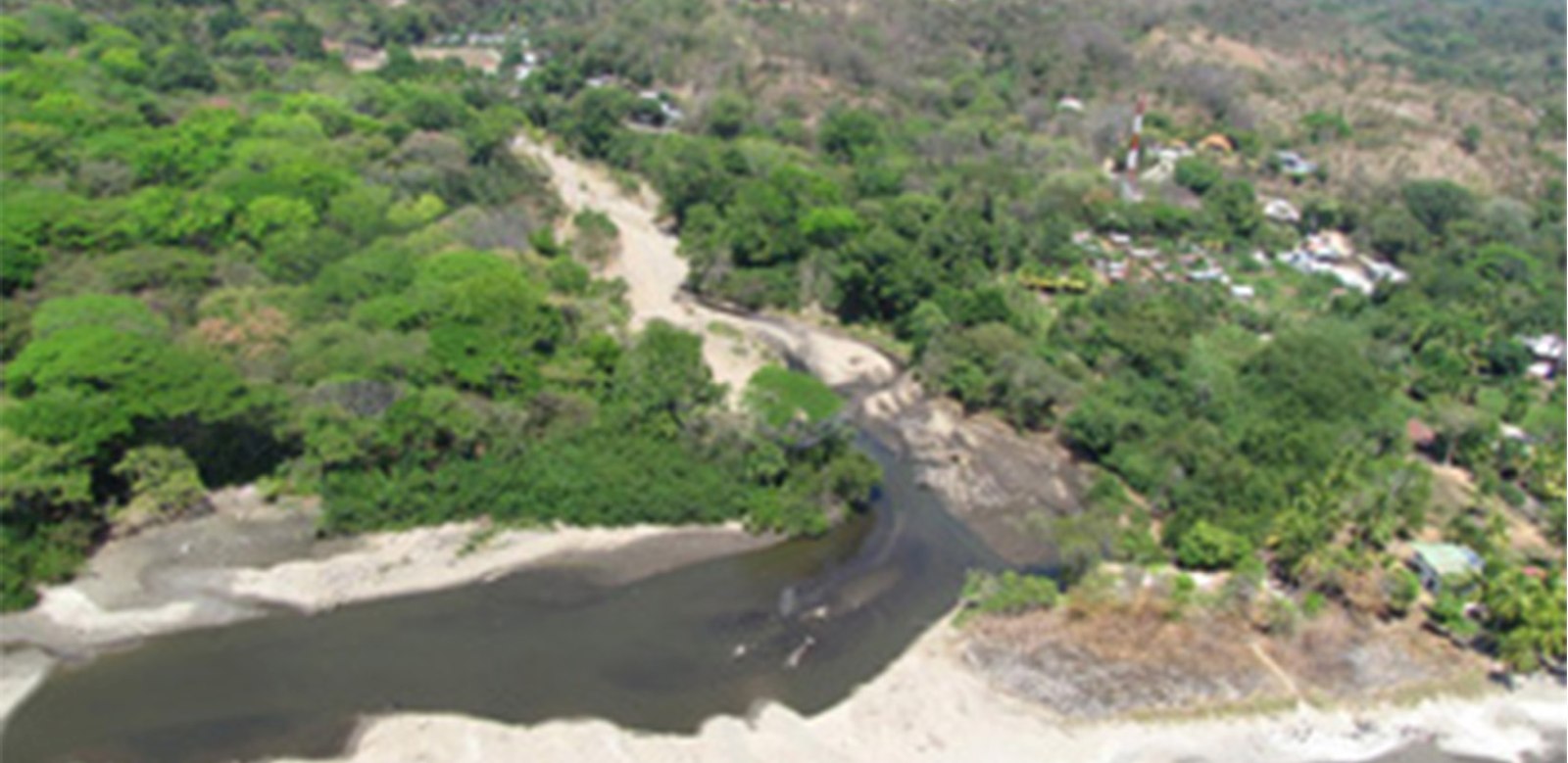
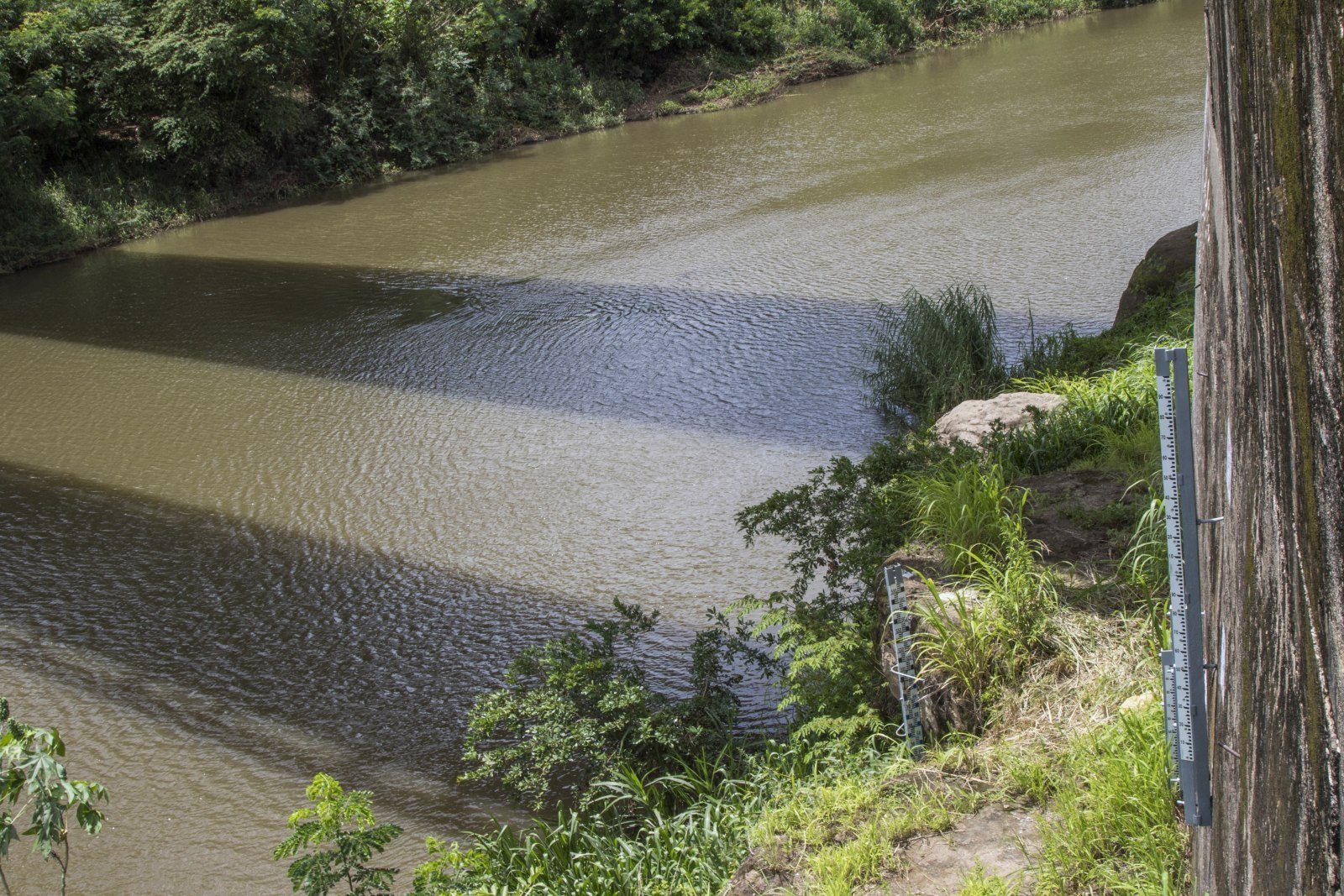
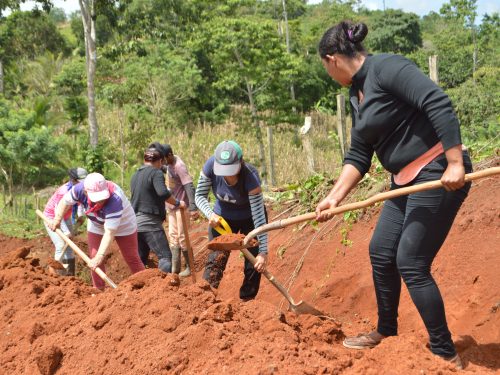


Comments